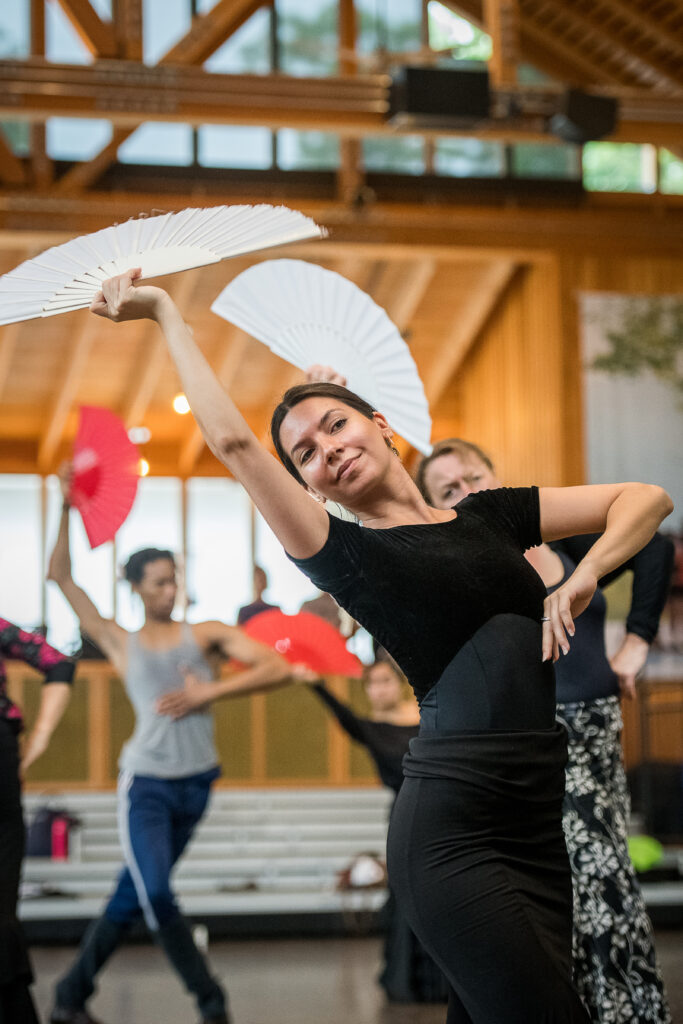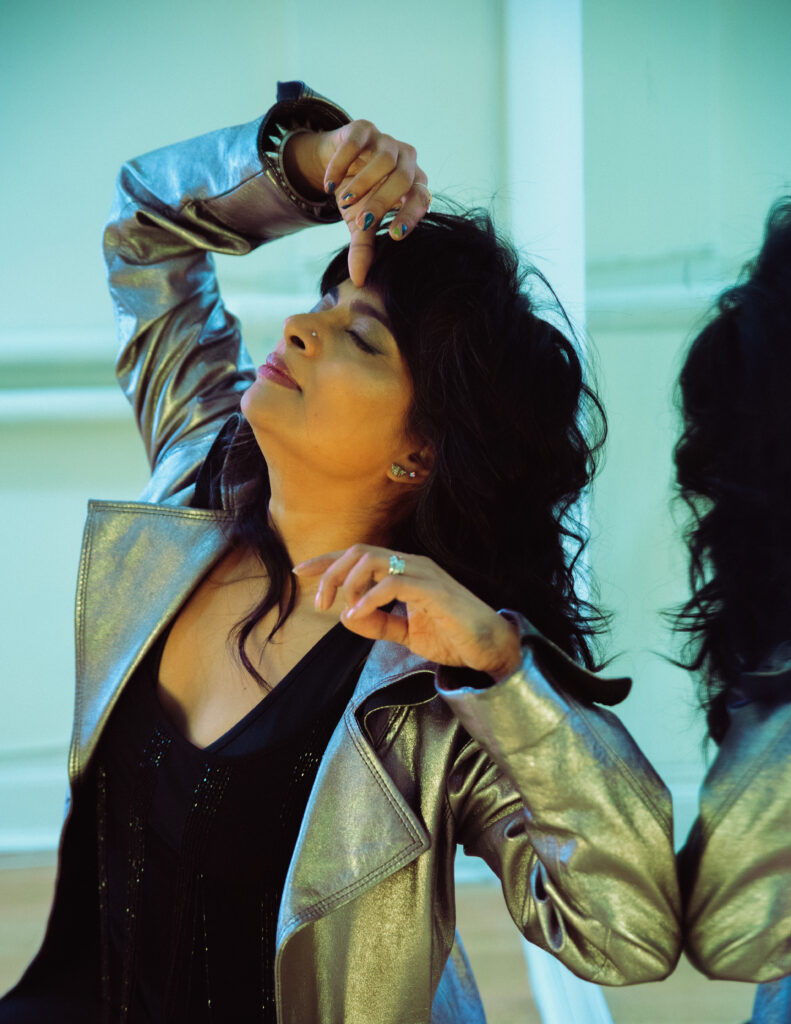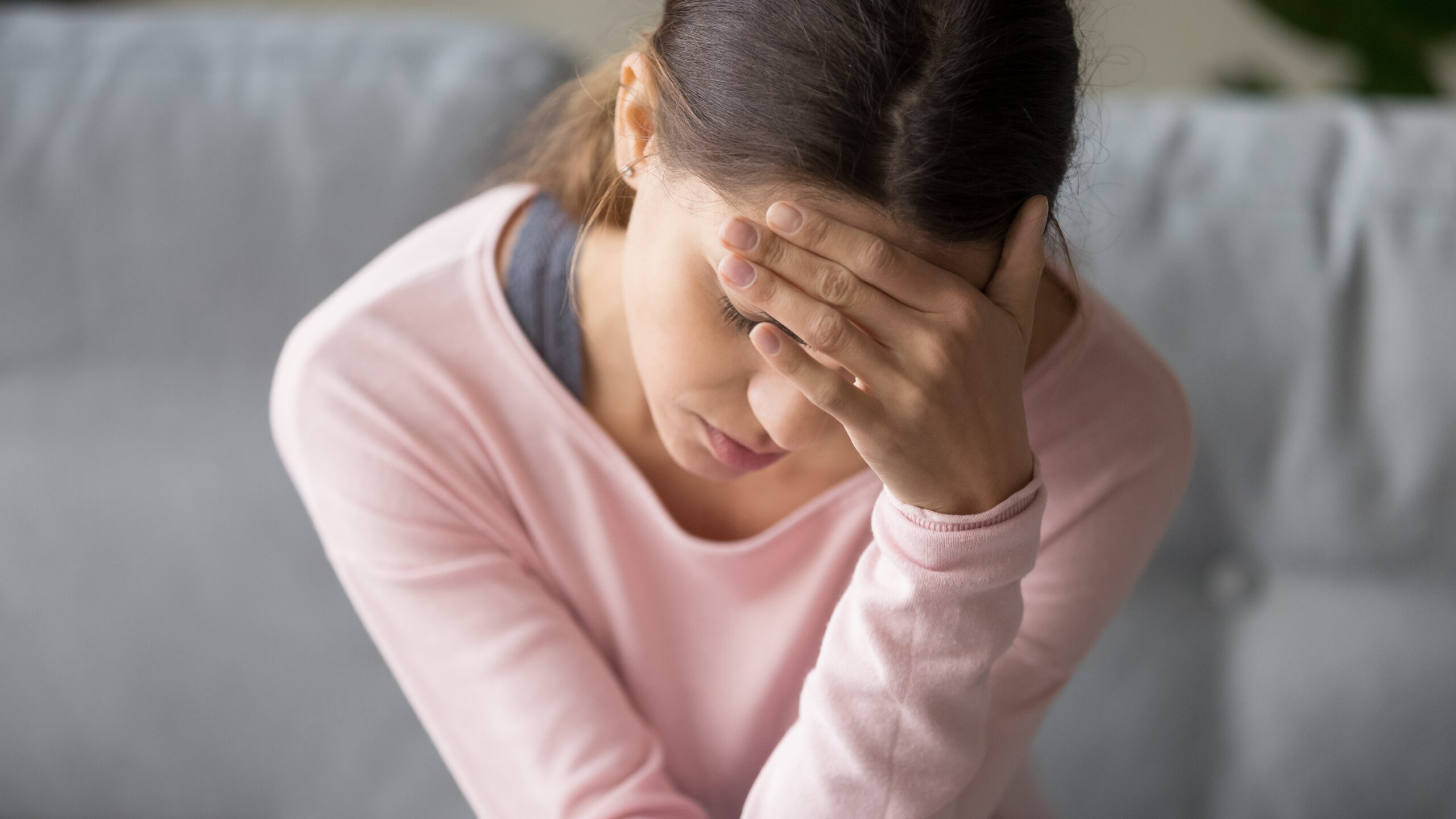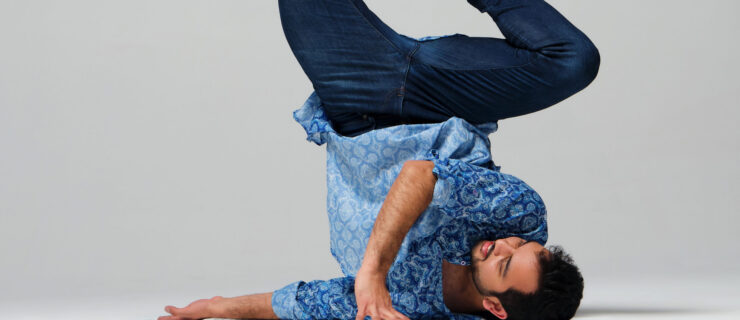A Dancer’s Guide to Managing Migraines
Flamenco dancer Luciana Barbará Farias started having migraines in her mid-20s. The intense pain associated with the condition made it difficult for her to rehearse and teach, and she faced emotional challenges, too. “I would get super-upset with myself, saying ‘I don’t know anyone else having to stay the whole day in bed having this problem,’ ” she remembers.
Migraines affect more than a billion people worldwide. Despite their prevalence, migraines can be unpredictable and debilitating, and can present unique challenges, particularly for dancers.
How Migraines Affect Dancers
More than just a headache, migraine is a neurologic disorder that causes a variety of symptoms. The headache typically associated with migraine involves moderate to severe throbbing or pulsating pain, often concentrated on one side of the head, that can last from several hours to several days. A migraine might also cause visual disturbances (called auras), nausea or vomiting, sensory sensitivity, mood changes, and fatigue.

While the cause of migraines varies from person to person and often isn’t clear, both genetics and environment can play a role. Migraines, which are especially prevalent in women, can be triggered by stress, hormonal shifts, certain foods and alcohol, weather changes, sleep patterns, and/or other factors, or can be seemingly spontaneous.
Because movement can exacerbate migraine pain, the condition presents a particular challenge for dancers. “One hallmark of migraines is that pain gets worse as you increase even routine activities like going up and down stairs,” explains Giovanna Salerno, PT, DPT, a physical therapist at NYU Langone’s Harkness Center for Dance Injuries.
The often unpredictable and chronic nature of this condition can also be challenging for performers managing an inflexible schedule of performances, rehearsals, and classes. “When someone has a show or recital, not knowing when or if they’re going to have a migraine can be incredibly anxiety-provoking,” says Danielle Wilhour, a neurologist at UCHealth University of Colorado Hospital.
Treatment and Coping
The treatment for a migraine is as multifaceted as the condition itself. Rest and the use of heat or cold to ease pain are among the more conservative, says Wilhour, in addition to relaxation techniques. Many migraine sufferers use over-the-counter pain relievers such as ibuprofen, Tylenol, or Excedrin. For chronic sufferers, a variety of prescription medications and treatments designed to stop and/or to prevent migraine can greatly improve quality of life. A neurologist can make specific treatment recommendations based on a patient’s unique experience.
Salerno recommends keeping a journal of migraine symptoms as a way to recognize both triggers and warning signs. “Sometimes [you have to look at] the bigger picture of what is best in terms of prolonging your career and helping you deal with this in a more manageable, long-term way,” she says.
It can also be helpful to develop a plan for care before a migraine hits, Wilhour says. “I’ll actually recommend pretreatment, such as taking medicine before a big event, to help make sure that you don’t have an episode during it,” she explains. It’s also important to prioritize a healthy diet and sufficient rest—Wilhour suggests that taking a short break to rest when a migraine is coming on can have a big impact.

Both Barbará Farias and fellow migraine sufferer Nova Bhattacharya, artistic director of Toronto-based company Nova Dance, have developed additional supportive self-care strategies. Bhattacharya finds that certain scents, like the smell of green apples, help ease her symptoms. Since tight hairstyles can exacerbate pain, Barbará Farias wears her hair loose on migraine days and avoids leotards or other clothing that ties around the neck. Both dancers add that explaining migraines to their colleagues allows them to more freely make adjustments based on their needs.
Making Space for Dance
Although movement can aggravate migraine pain during an episode, physical activity has also been shown to be a helpful preventive measure. Barbará Farias has found that, even during a migraine, certain types of movements can feel therapeutic. If she is dancing on a migraine day, she focuses on gentle movements of the shoulders, arms, and neck, which she says help release tension that might be exacerbating pain.
Bhattacharya turned her migraine experience into creative fodder for her 2017 work Infinite Storms, which explores wider themes of pain, body–mind connection, and the human experience. “I mapped out the piece the same way one maps out the stages of a migraine,” she says, explaining that she used descriptive words to prompt dancers, without speaking to them directly about migraine. “By abstracting those ideas and then getting the movement happening, it gave me the materials to create the images and to make a piece that was inspired by migraines but not about them, and served as a metaphor for many other things.”





